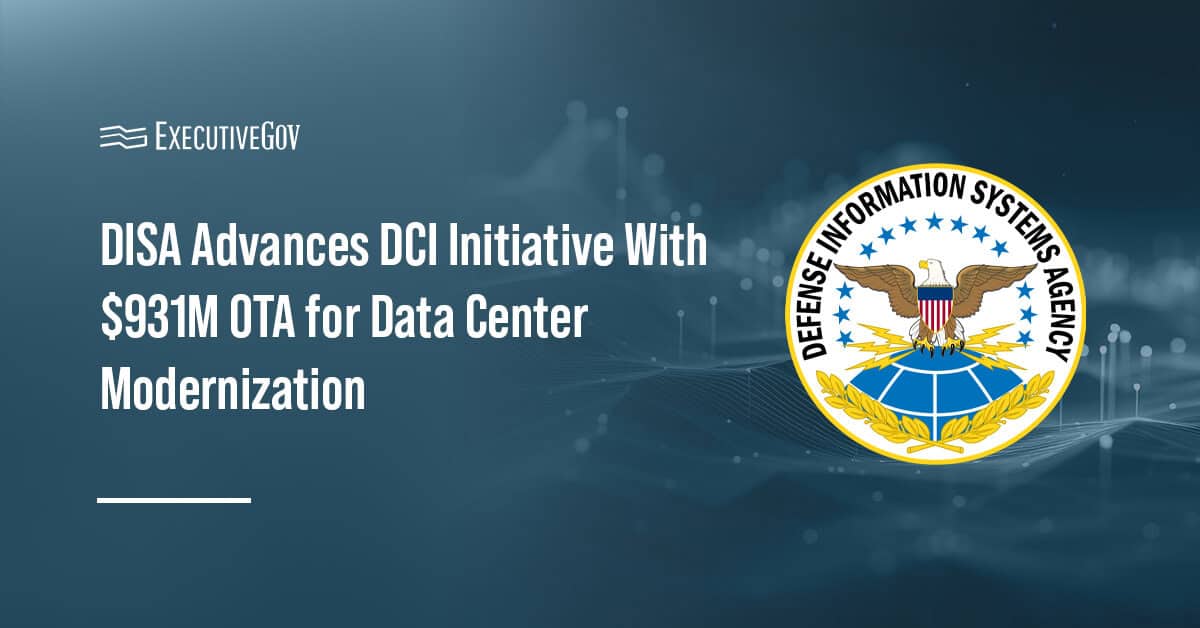National Institute of Standards and Technology researchers and collaborators have determined the direction or the “angle of arrival” of an incoming radio signal using an atom-based sensor.
“This new work, in conjunction with our previous work on atom-based sensors and receivers, gets us one step closer to a true atom-based communication system to benefit 5G and beyond,” Chris Holloway, project leader, said in a statement published Monday.
To determine the signal’s direction of arrival, researchers measured the phase differences of an experimental 19.18 gigahertz signal at two different locations inside the sensor filled with cesium atoms.
The research, which is part of the NIST on a Chip program and the agency’s research on advanced communications, could lead to the development of an atom-based communications platform that could be smaller and less susceptible to noise and interference.





